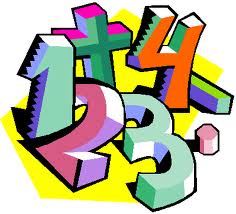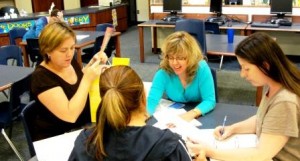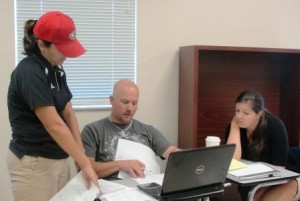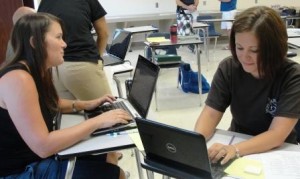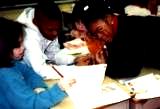“How wonderful it is that nobody need wait a single moment to improve the world.” -Anne Frank
Many secondary teachers are fine-tuning the use of small-group instruction in their classrooms. The email below is an incredible exchange with great information. Hope it helps some of you, too.
Subject: Tabor Rotation Questions, Using a Passport
I’m beginning to use the passport with my students and have a few questions. How do you use the “Remember It” and the Vocabulary Boxes? What do the kids write and why?
**I give the kids a verbal cue the last 3 minutes of each rotation. That is their signal that they need to complete the passport for that rotation. Part of their responsibility is to fill in the “Remember It.” The purpose of the vocabulary is to help them organize their brain and connect what they did to the vocabulary. Later, when they write their journal, I encourage them to use a couple of their vocabulary words in their writing.
Passports are one way a teacher can hold each student accountable for their work and their effort during the station rotations on Days 2 & 3 of the Tabor Rotation Framework. Examples of these types of passports are on the FREE RESOURCES page of this site.
The use of the Vocabulary terms in their math journal writing solidifies the information learned and uses a different side of the brain to process the information.
How do you ensure the kids are filling out the passport with fidelity? Meaning, when do they fill it out? How do you know they did it themselves? What’s the process? How soon do you grade it? What feedback do you give? What kind of grade do you give? Is the grade for completion or correctness?
** I grade it for a combination of completion and correctness. I try to give a little quiz at the end of Teacher Time. I count it like a class work grade. Cheating is always an issue with teenagers. I make them show their work, which helps, but I also emphasize that the most important thing to me is that they understand what they are doing. I say it a lot – they get tired of hearing, but this is working. I try to grade them by the next week.
** For the games, especially, I put a couple of questions (2-3) on the passport that represents what they are suppose to master as a result of playing the game. They complete them during the last 2 or 3 minutes of rotation. If they are caught answering them early I note it on the top of the rotation paper -they hate that.
Teachers struggle with how to obtain grades when students are working together in stations. Including a passport with a completion and participation grade is one source of assessment. Adding a couple of questions helps the students connect the meaningful activity to the abstract problem and also gives the teacher an immediate check for understanding.
Trying to make these things meaningful…
And, you’re doing an incredible job…just ask your students and all the teachers who will benefit from your questions and the advice of your colleague.
“In helping others, we shall help ourselves, for whatever good we give out completes the circle and comes back to us.” -Flora Edwards





